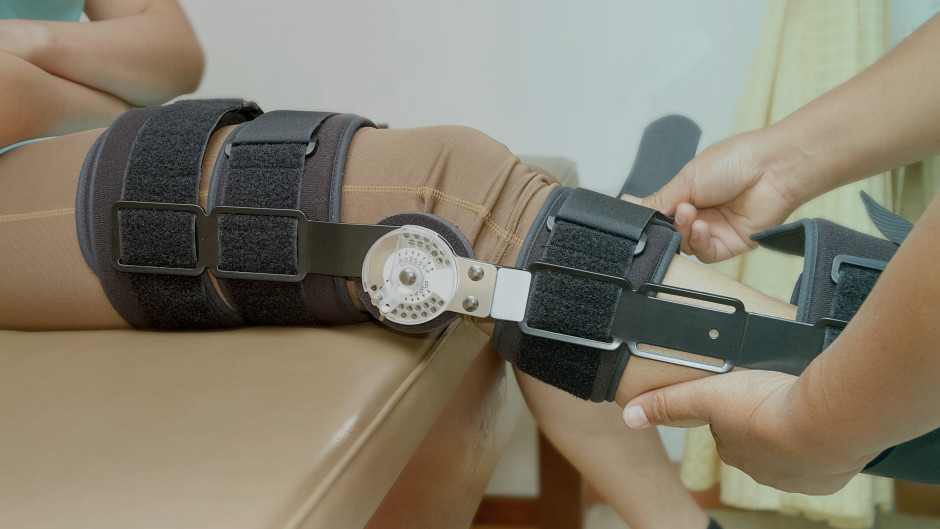FEMOROACETABULAR IMPINGEMENT SYNDROME - WHAT SHOULD YOU LOOK OUT FOR
What is Femoroacetabular Impingement Syndrome?
Femoroacetabular impingement (FAI) is a chronic hip condition caused by femoral head and acetabular malformations resulting in abnormal contact across the joint. FAI often leads to labral, cartilaginous, and tissue damage.1
If you want to learn more about this topic, you can watch Dr. Rintje Agricola's lecture here:
Types of femoralacetabular impingement syndrome
There are two types of FAI syndrome and the classification is based on the characteristic morphological changes of the bony structures. They are CAM type and Pincer type.
CAM type
Cam deformity is from decreased head-neck offset or an abnormally shaped femoral head, with convexities and bony deposition occurring at the head-neck junction. It is frequently seen in males as compared to females. A shear stress force is created as the CAM is forced into the acetabulum. It also causes a carpet lesion where the cartilage of the acetabulum is forced off the subchondral bone.
Pincer type
In Pincer deformity there is excess coverage of the acetabulum over the femoral head. It is frequently seen in females as compared to males. A collision is created between the overcoverage and the femoral neck. It also causes a labral lesion.

How do you diagnose FAI syndrome?
In order to diagnose FAI syndrome a triad of symptoms, signs and imaging findings are required.
Clinical presentation of FAI syndrome
Patients with FAI usually present with:
- Motion and/or position related hip/groin pain
- Sometimes pain in lower back/buttock/thigh
- Clicking, catching, locking of the hip
- Stiffness, restricted ROM of the hip
- There is a gradual onset of symptoms but can be sometimes acute (labral lesion)
- Large impact on daily life and activities


But how do you know that pain is coming from the hip and not from other structures in the groin? For that we need to do the following clinical examination:
Clinical examination of FAI
- C-sign
- Positive impingement / FADDIR test (sensitive but not specific: to rule out)
- Restricted ROM Flexion and/or internal rotation
- FABER / Bent Knee Fall Out (BKFO)
- Muscles around hip generally weak
- Gait sometimes is impaired
- Abnormal movement patterns may be present
*We recommend rotating your phone to watch the videos*
It is important for clinicians to be aware of FAI and its clinical presentation in order to provide the best care possible and improve outcomes in this patient population.
If you want to learn more about this topic, you can watch Dr. Rintje Agricola's lecture here:
Sources:
- Luc M Fortier, Daniel Popovsky et al; An Updated Review of Femoroacetabular Impingement Syndrome; Orthopedic Reviews. 2022;14(3). doi:10.52965/001c.37513
- Lecture 'The Young Adult Hip: FAI Syndrome and Osteoarthritis' by Dr Rintje Agricola



